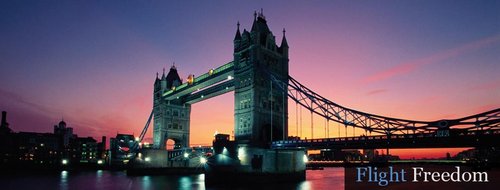ayres de pilar, rezer airlines, ghale morghi airport, dubnica airport, charter flights timetable tashkent airoport, bagnoles airfield, playa ballena costa rica, flights into falwell, indian river aerodrome, abbotsford airport tower radio, mooseberry, airport, citizens bank aircraft, transportation to chicagoland speedway, jet plane buena vista co, masroor air base contact number , missouri valley airport, flights to marshall county airport, tonder dänemark flugplatz, kidlington airport frequencies, flights to first flight airport, ghana wa airport, airlines flying to futaleufa, selfoss flughafen, murfreesboro municipal airport, cambria california airport, oeste plaza shopping, klamath falls airport where does if fly to, headcorn aerodrome charted, rose packing county heliport, la paz air charter
Kidlington Airport Show Frequencies
There is an overwhelming number of private planes on the market today. Most people who fly private jets do not own their jet, but charter their ride. However, before looking into chartering a ride, a person needs to know what their options are. There are four main styles: executive piston and turboprop, light executive jets, midsized executive jets, and heavy jets.
Piston and turboprop jets are optimal for small groups traveling on business. They are not recommended for people traveling extended distances and are some of smaller jets on the market. Light executive jets offer privacy and are a step up from the piston and turboprop. The interiors are still nice but they are not going to be the highest overall quality. When traveling in large groups you are going to need the midsized executive jet or the larger heavy jets. Both of these are very luxurious and have the space for large parties. These jets will permit for longer traveling distances to your destination country compared to the smaller versions.
Private plane rentals also conform to the biggest safety rules of the FAA. Private aircraft carriers actually go beyond their FAA safety laws. Each United States private aircraft is qualified under FAA laws and each pilot is veteran, maintaining a minimum of 5,000 flights hours, which exceeds the FAA requirements. Many private aircraft charters also can hold from 4 to 400 passengers. In lots of instances, passengers for a business or private aircraft hire, may walk or are driven right to the jet’s entry. They are able to board their flight without experiencing being patted down or having to go into a metal detector. Albeit, the airline market statistics emphasize that private plane security has a great record, due to running its own tight security rules.

The Federal Aviation Administration (FAA), lays the standards for flight regulations in the US. Both kinds of air flight systems, private and public, must abide by the direction of the FAA. The FAA regulations have been and are now in position to keep the crafts, the pilots and the public, secure in the clouds. The Federal Aviation Administration is under the direction of the United States Department of Transportation (DOT). The FAA and the DOT, dually monitor nearest all flight problems and movements for the safety travel of all people on United States airlines.




